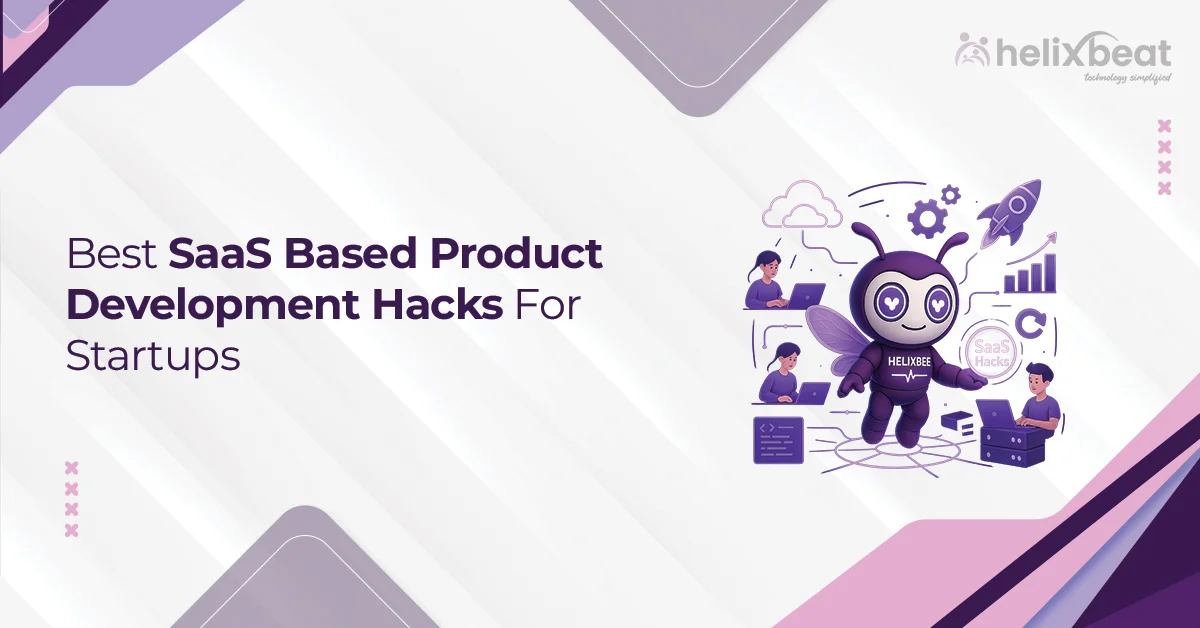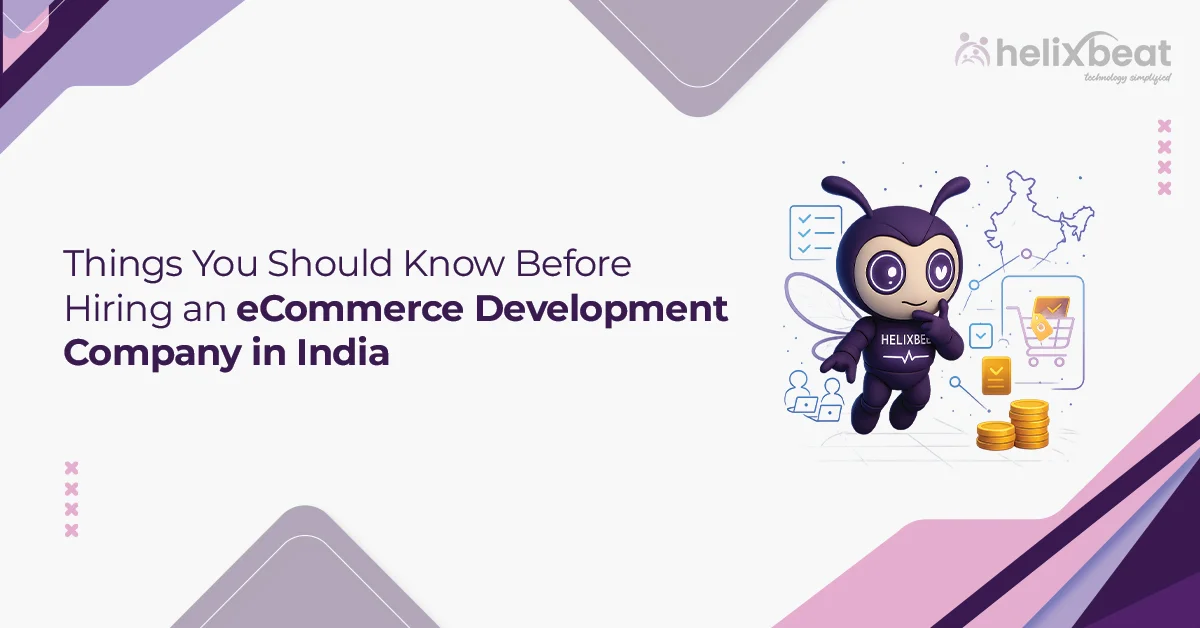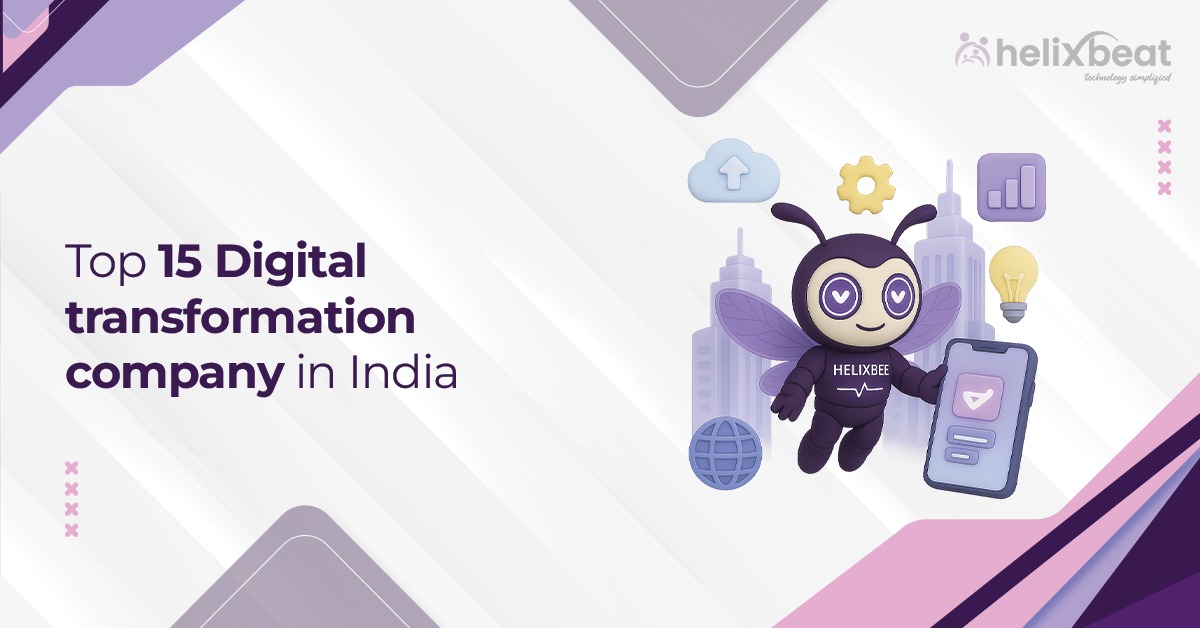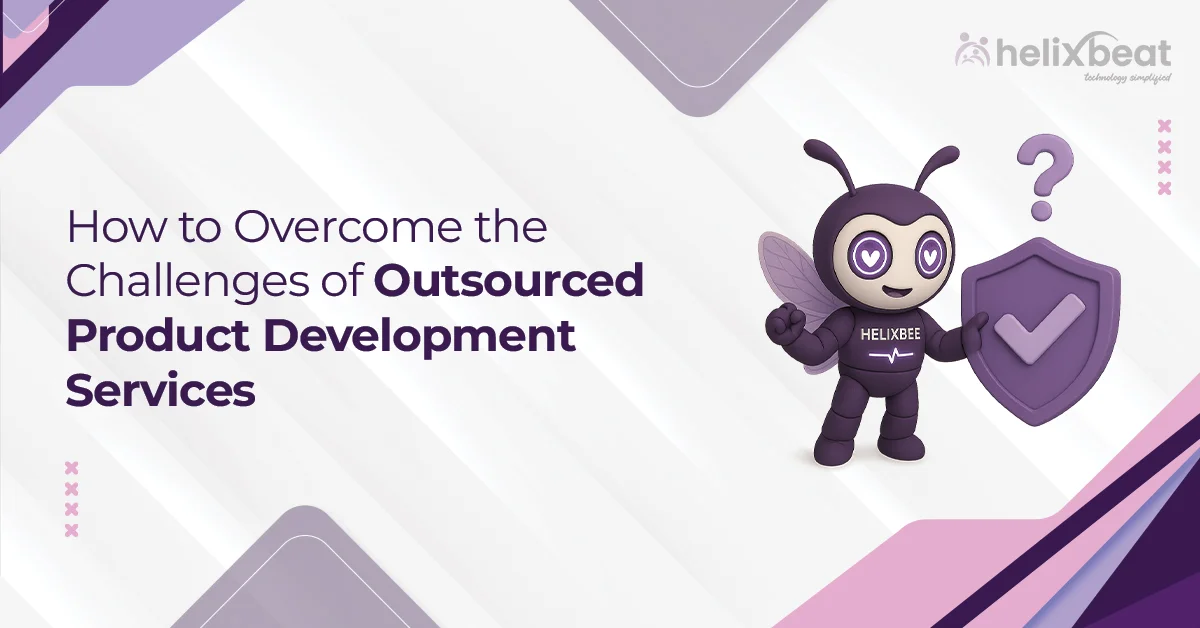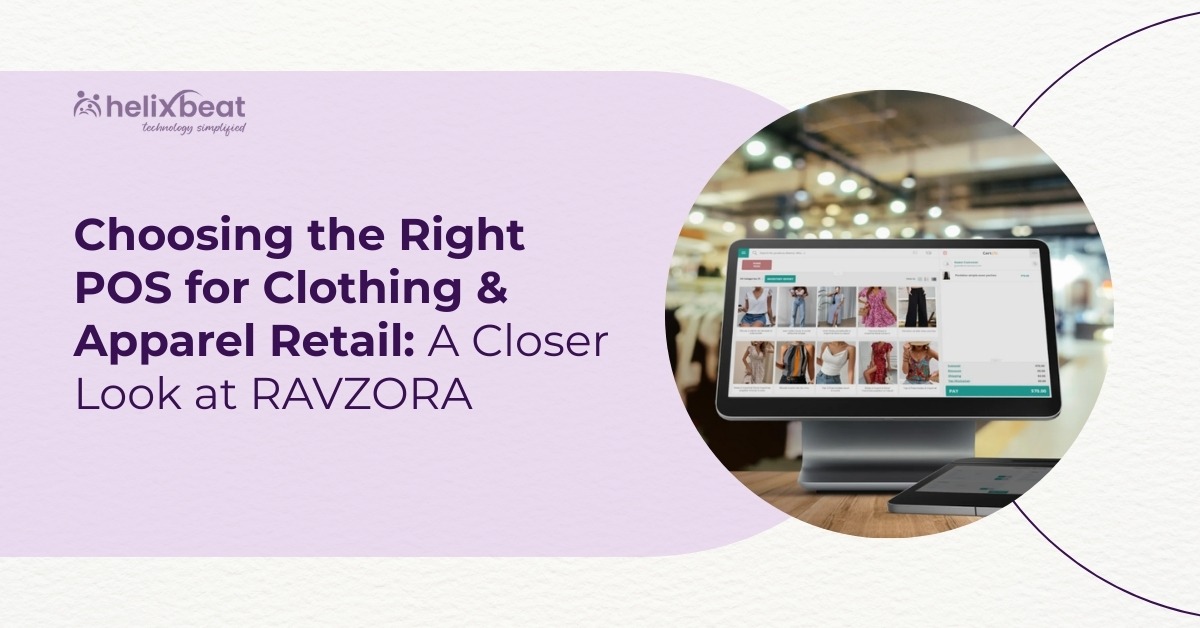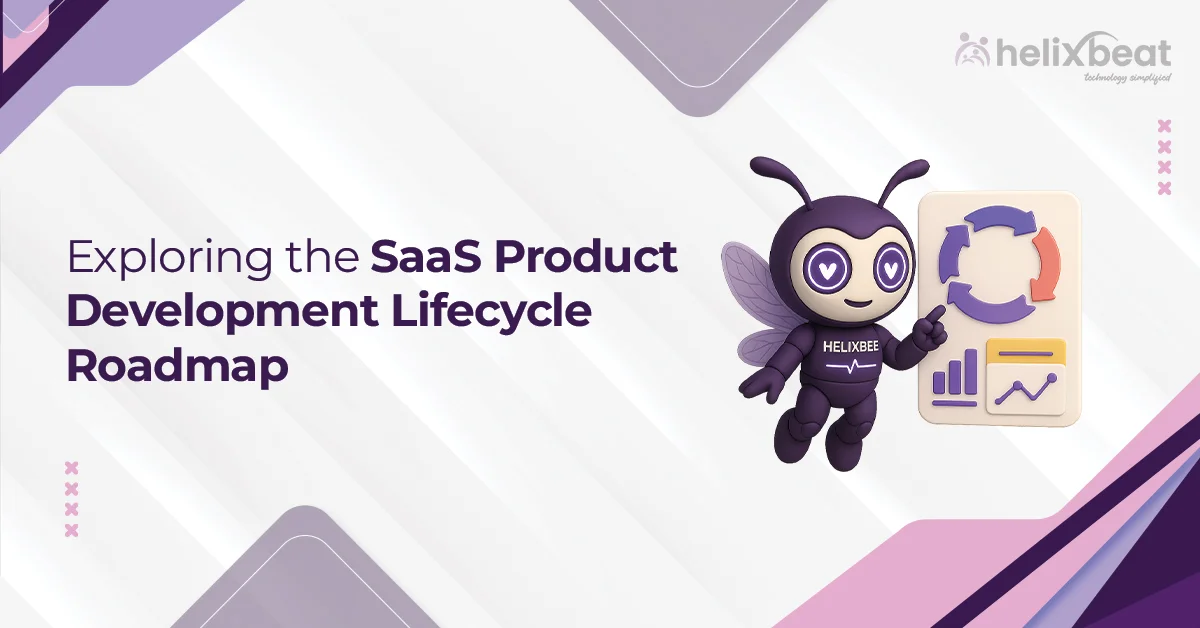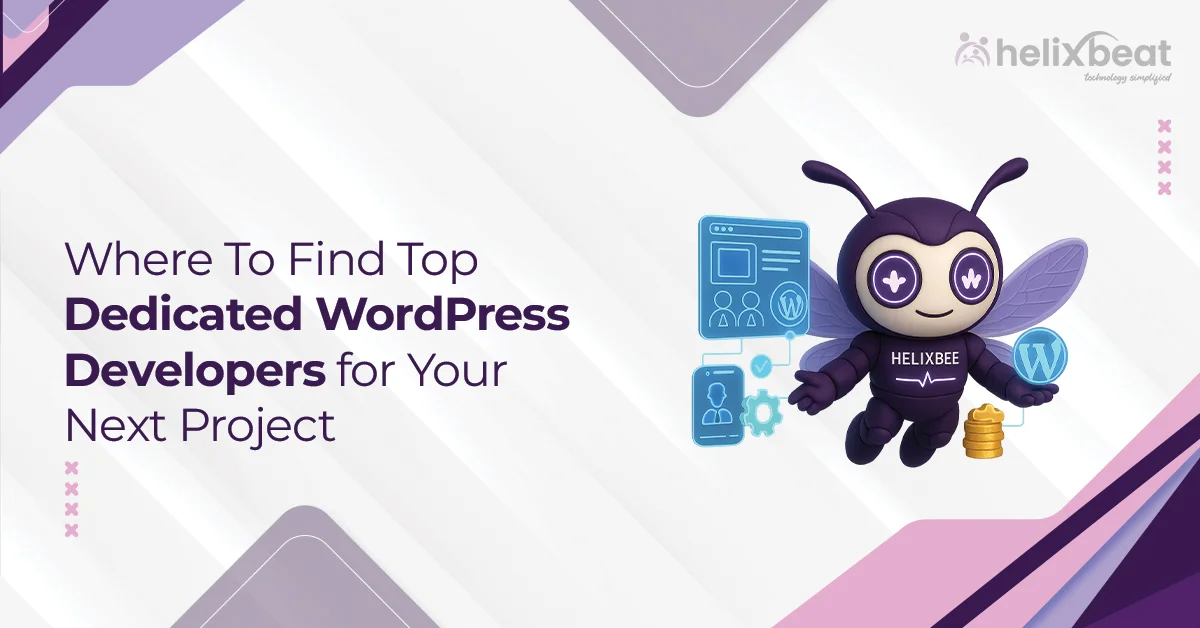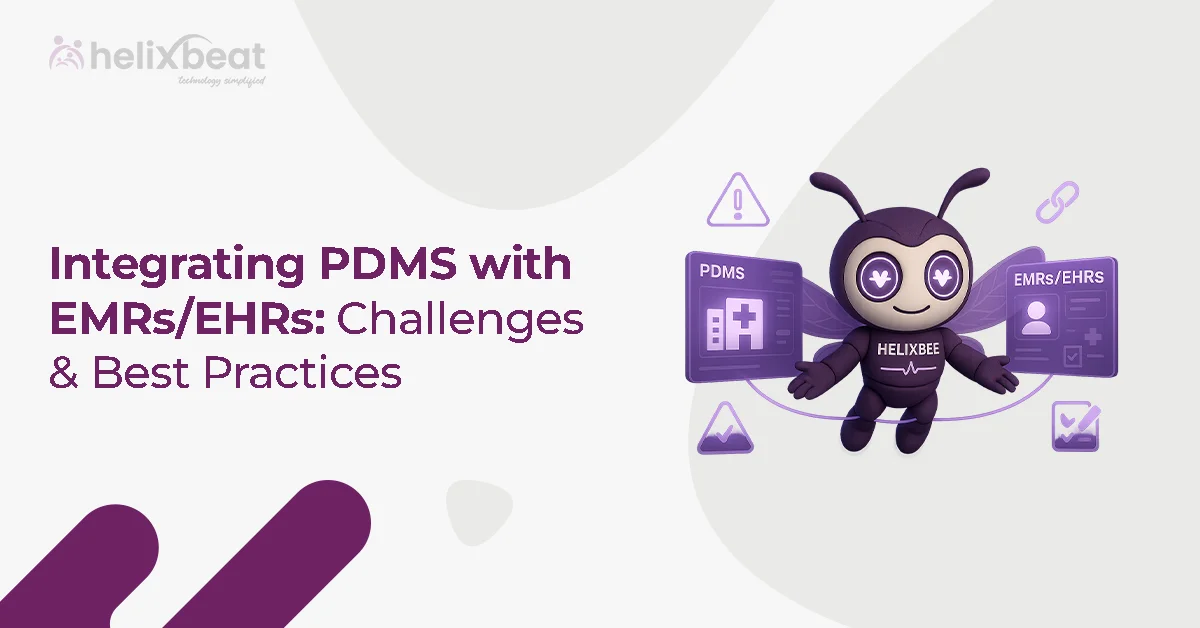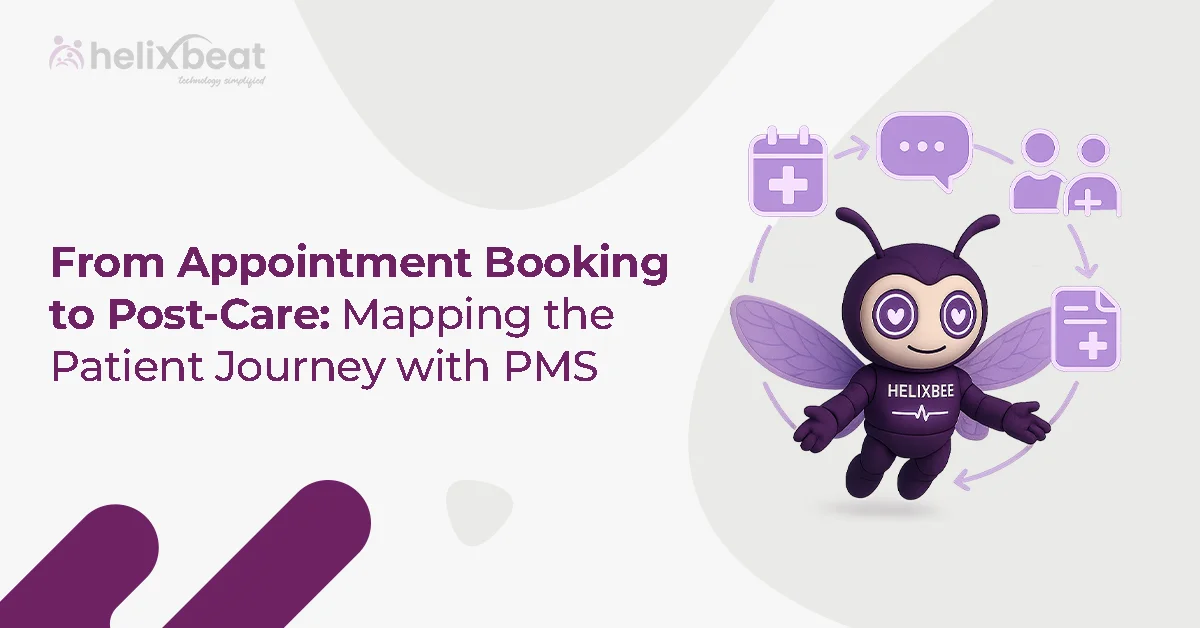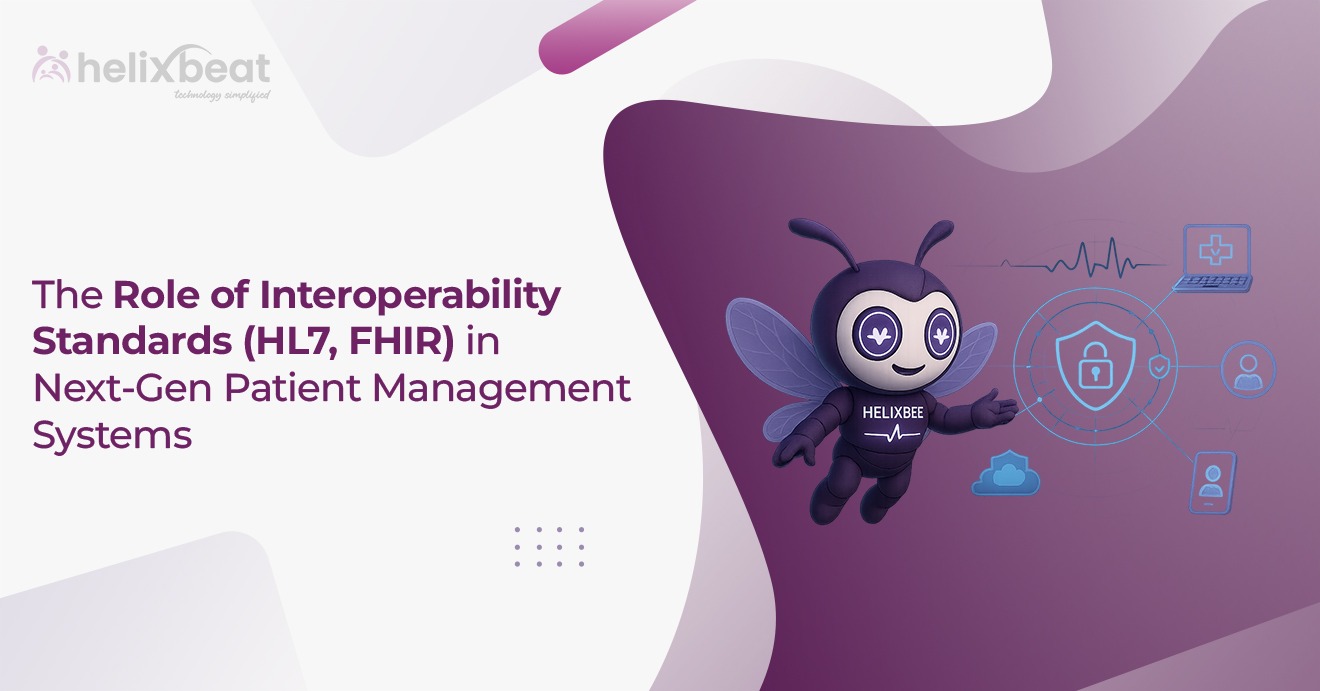Startups often face a tough challenge: they need to create innovative products while working with limited resources. Traditional software development can be expensive, slow, and requires a lot of infrastructure, which is hard for many startups to manage. In fact, studies show that 60% of startups fail due to financial issues, including high development costs and lengthy time-to-market.
This is where SaaS based product development comes in as a perfect solution. By using cloud technology, startups can avoid the high costs of physical infrastructure. They can focus on building flexible, scalable products that grow with their business. With the SaaS product development process, startups can quickly launch new products without the need for expensive upfront investments, allowing them to compete effectively and meet their customers’ needs.

Table of Contents
Overview on SaaS-Based Product Development
SaaS based product development offers cloud-based software accessible via the internet, eliminating the need for traditional installations. This model uses agile development to improve products with minimal disruption continuously. Centralized management by the provider ensures seamless updates, scalability, and security.
SaaS also allows businesses to offer subscription-based pricing, making it more affordable and providing predictable revenue streams. Real-time usage data enables ongoing refinement based on customer feedback, ensuring a more adaptive and personalized user experience.
This flexibility and scalability make SaaS based product development the ideal choice for businesses aiming to stay competitive.
Why Startups Prefer SaaS Products?
Startups often prefer SaaS products for several key reasons:
- Cost-Effective: SaaS products eliminate the need for expensive hardware, infrastructure, and IT support. Startups can subscribe to services on a pay-as-you-go basis, reducing upfront costs and freeing up resources for other areas of their business.
- Scalability: As startups grow, their needs change. SaaS products are highly scalable, allowing businesses to add features, increase storage, or expand user access without worrying about physical infrastructure or complex upgrades.
- Quick Implementation: Unlike traditional software, which can take months to install and configure, SaaS products can be set up and used almost immediately. This allows startups to hit the ground running and start using the software right away.
- Automatic Updates: With SaaS, updates and new features are handled by the provider, so startups don’t have to worry about managing software maintenance or security patches.
- Flexibility: SaaS solutions are often customizable, allowing startups to tailor features and functionalities to their specific needs without heavy investment in development.
These benefits make SaaS products an attractive option for startups looking to stay agile, cost-efficient, and competitive in a fast-paced market. In fact, a recent study found that 70% of startups rely on SaaS products to fuel their growth and innovation.
How SaaS-Based Product Development is Leading the Future of Tech Innovation
1. Accelerated Time-to-Market
SaaS based product development allows companies to build and deploy products due to its cloud-based nature quickly. Traditional software often requires lengthy installation processes and hardware configurations. In contrast, SaaS products can be rolled out in weeks, not months.
Example: Zoom became the go-to platform for video communication almost overnight during the pandemic, thanks to its cloud infrastructure and fast scaling.
2. Continuous Updates and Improvements
Unlike traditional software that requires manual updates and patches, SaaS-based products are continuously updated by providers. This ensures that users always have access to the latest features and security improvements without disruption.
Example: Salesforce, a leader in CRM solutions, updates its platform frequently to include new tools, enhancing user experience and adapting to market trends.
3. Scalability for Growing Needs
SaaS products are inherently scalable, allowing businesses to grow without worrying about additional hardware or infrastructure costs. As businesses expand, they can easily add more features, storage, or users.
Example: Shopify, for instance, allows small merchants to start with a simple online store and scale to large enterprises without changing platforms.
4. Lower Initial Investment
SaaS-based products are typically subscription-based, which lowers the initial financial burden on businesses. This makes innovation more accessible to startups and small enterprises.
Example: Slack began as a small internal communication tool and grew into a global enterprise solution, primarily due to its low-cost, flexible subscription model.
5. Data-Driven Insights for Innovation
SaaS products often gather data in real-time, providing companies with valuable insights into user behavior and trends. These insights are crucial for continuous innovation and customer-centric product development.
Example: Google Analytics, for example, provides businesses with real-time data to make data-driven decisions, helping them stay competitive and responsive to market needs.
SaaS based product development is shaping the future of technology by driving faster, more agile innovation, enabling businesses to adapt, scale, and innovate continuously.
How to Choose Right SaaS Product Development Company
When choosing a SaaS based product development company, it’s essential to ensure they align with your business goals and technical needs. Here are key factors to consider:
1. Evaluate Experience and Expertise
Look for a company with proven experience in developing SaaS products. Check if they have worked on projects similar to yours and have a strong understanding of the SaaS product development lifecycle. For example, a company with experience in creating scalable and secure cloud-based solutions will be more suited to meet your needs.
2. Assess Technical Capabilities
The right SaaS product development company should have strong technical expertise in areas like cloud infrastructure, API integrations, and data security. They should be able to leverage the latest technologies to build robust, scalable, and secure SaaS products. Ensure they have experience with popular cloud computing platforms such as AWS, Azure, or Google Cloud.
3. Check for Customization and Flexibility
Every business has unique needs. Choose a development partner that offers customizable solutions to meet your specific requirements. A flexible SaaS company will adapt the product to your business processes, ensuring it integrates seamlessly with your existing systems.
4. Review Client Testimonials and Portfolio
Before committing, look at the company’s portfolio and client testimonials to gauge their ability to deliver on time and meet expectations. Reviewing case studies or speaking to past clients will give you a better understanding of their reliability, quality, and customer satisfaction levels.
By considering these factors, you’ll be able to find a SaaS product development company that aligns with your goals and can help bring your product vision to life.
These SaaS Products Started Small – Now They Dominate the Market
1. Slack
Launched in 2013 as an internal communication tool for a gaming company, Slack quickly gained traction and became one of the leading platforms for team collaboration. By 2025, Slack boasts 47.2 million daily active users and 79 million monthly active users.
The platform is now used by over 750,000 organizations, including 77% of Fortune 100 companies, and has a market share of 18% in the business communications software market. In 2025, Slack’s estimated annual revenue is $6.98 billion, reflecting a 17% year-over-year growth.
2. Shopify
Founded in 2006 by Tobias Lütke, Shopify began as a simple e-commerce platform enabling merchants to create customizable online stores. By 2023, Shopify had processed $236 billion in sales for millions of merchants worldwide.
The platform now supports over 5 million customers and has a market capitalization of $92.17 billion as of September 2024. In 2024, Shopify’s total revenue reached $8.88 billion, a 26% increase from the previous year.
These examples demonstrate how SaaS based product development can empower startups to scale rapidly and achieve significant market presence.
Why Choose Helixbeat for SaaS Product Development
Helixbeat is the perfect choice for SaaS product development because of our experience in building reliable, secure, and scalable cloud-based solutions. We use the latest technologies to create products that are tailored to your business needs.
Our team follows a straightforward SaaS product development process, ensuring your product is delivered on time with ongoing support and updates. We focus on creating user-friendly designs, ensuring data security, and making sure your product can grow with your business.
Whether you’re a new startup or an established company, Helixbeat offers the full support you need to succeed with your SaaS product. Get Your Free Quote Today!
FAQ
1. What is SaaS-based product development?
SaaS-based product development creates software solutions hosted on the cloud and accessed via the internet. These products are subscription-based, continuously updated, and scalable, eliminating the need for on-premise installations.
2. How to launch a SaaS product successfully?
To launch a SaaS product, research your target market, create a solution that addresses their needs, and implement a strong marketing strategy. Offer a beta phase for user feedback and provide excellent customer support.
3. How to develop a SaaS product?
Developing a SaaS product involves identifying a problem, designing a solution, selecting the right tech stack, building and testing the product, and launching with continuous improvements based on user feedback.
4. What is an example of a SaaS product?
Google Workspace is a popular SaaS product offering cloud-based tools like Gmail, Docs, and Drive, providing users with real-time collaboration and accessibility via subscription.
5. How to build a SaaS product without coding?
You can build a SaaS product without coding using no-code platforms like Bubble or OutSystems, which offer drag-and-drop tools to create, customize, and deploy SaaS products.





